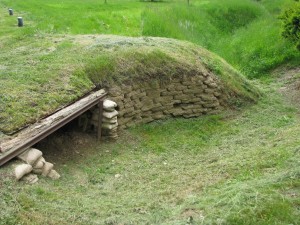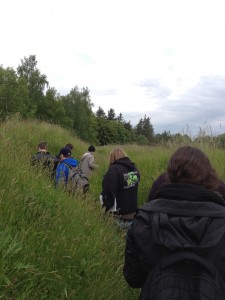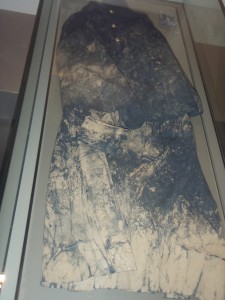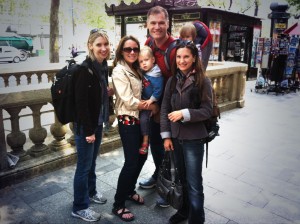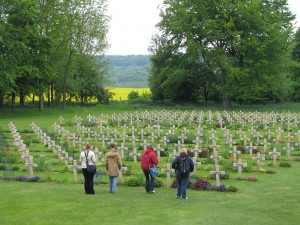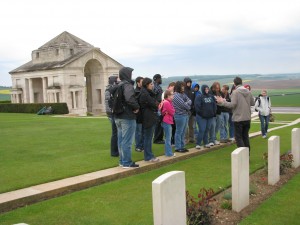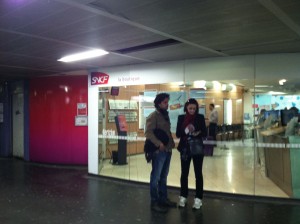My personal experience on my Missouri S&T study abroad trip to Paris, France was one I will never forget. It was my first time in Europe and I enjoyed myself very much. French culture is definitely different.
The French seem to enjoy a more relaxed and slow-going lifestyle as opposed to ours in the U.S. One thing I like is how the restaurants treat their customers. They are very slow to bring the tab, which was a little annoying, and they seem to expect you to stay a while after you’ve finished your meal. The servers and bar tenders at a few of the bars and restaurants I went to would even sit and visit with us if they had enough free time. At home the servers want you to finish your meal quickly and expect you to leave immediately afterwards.
All I have ever heard about the French’s attitude towards Americans is not good. The fact of the matter is that most people are nice anywhere and France is no exception. Only in a few instances was anyone rude to me; as ironic as it might seem, it was a group of 3 policemen that ignored me and really irritated me. I met many guys and gals at parties and various events with whom I hope to keep in contact. I did have a few political discussions during which we discussed the U.S. government and American citizens.
Paris seemed to be a nice and clean town. I found myself in a few sketchy parts of town and talked to a lot of people late at night but I never felt like there was any real threat wherever I was. I think Paris is relatively safe considering how big it really is.
The biggest problem I faced while I stayed in France and Normandy was the language barrier. Not being able to understand or read French was hard and I ate some strange foods that I did not really like due to my ignorance of the language. Most French people were very accommodating and tried hard to help me understand what I didn’t know.
My professors Dr. Fogg and Dr. Langston explained to my travelmates and me that in addition to class work, this trip would allow us to enjoy and experience French culture. Class was usually done by early afternoon or sometimes even before lunch and the weekends were completely free. My new friends and I were able to do whatever we pleased during this free time. I chose to explore the public parks, such as the one where I got attacked by a squirrel,
and seeing some of Paris’s amazing monuments such as this one that marked the location of the Bastille.
The time between and after class was what made the Paris trip so fun and interesting.
All in all, I was very pleased with Missouri S&T’s travel abroad program. The classes and program in general, were not time-demanding. My professors were very fun and easygoing and only a few times did I feel like I was in a traditional class setting. My trip to Paris really opened my eyes and gave me the opportunity to learn and see history first hand. It was a good time.

